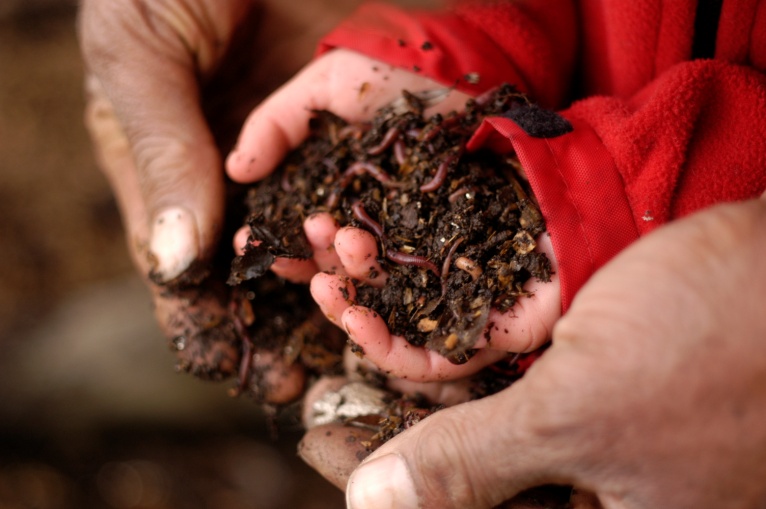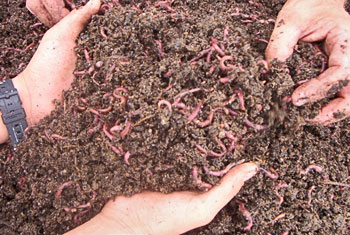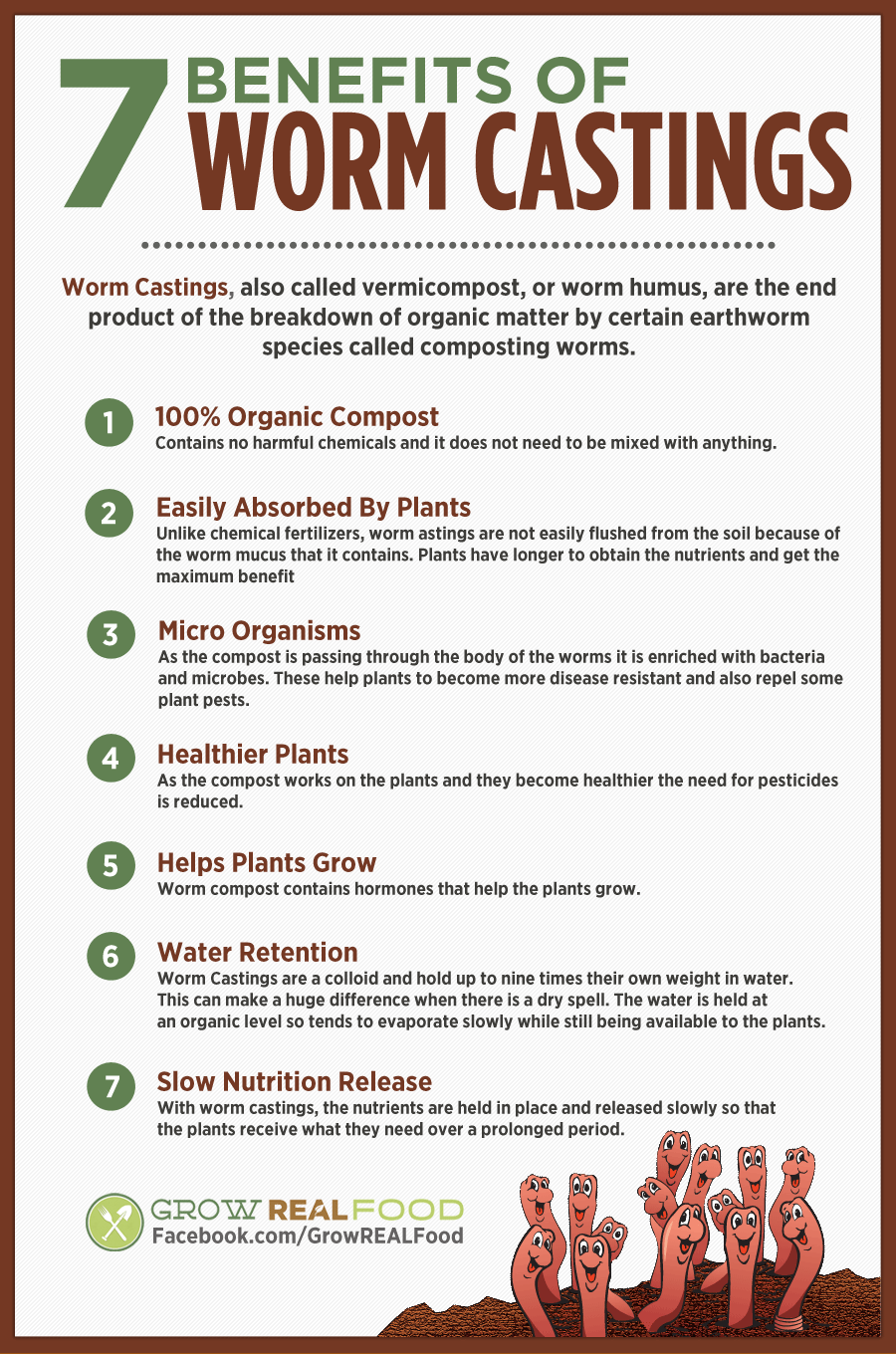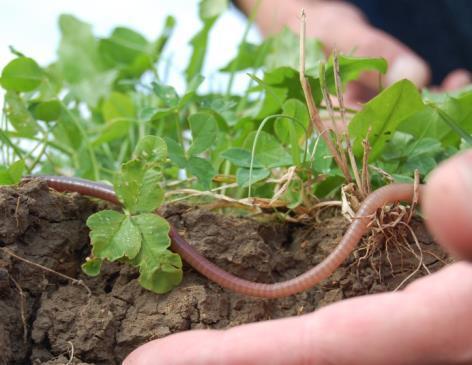

In the 19th century earthworms were considered a soil pest. Even though this view has changed, earthworms still receive little attention in agricultural practice and very few farmers actively promote them. Increasingly heavy machines, intensive tillage and intensive use of pesticides have in many places eliminated earthworms in fields. In contrast to this scenario, in the healthy soil of one hectare of grassland, one to three million earthworms can be found. Number and diversity of earthworms in a soil are considered an important criterion of soil fertility, because earthworms contribute in many ways to healthy and biologically active soils and better adaptation of farming systems to climate change, thus providing key soil functions that favor many positive ecosystem services. Due to their numerous services that increase sustainability of agro-ecosystems, earthworms should receive more attention in sustainable farming systems.

Tags: Urban Gardening, Community Culture


How do earthworms benefit soil fertility? Earthworms annually deposit up to 10 kilos per square metre of valuable worm droppings in the soil and on its surface. This is as much as 0.5 cm of the soil layer in fields, and as much as 1.5 cm in meadows. But beyond this earthworms provide many more services to the soil as well.
Earthworms decompose dead plant matter in fields, and incorporate up to 6 tons of dead organic matter per hectare per year into the soil. In forests, earthworms process as much as 9 tons of foliage per hectare.
Earthworms concentrate plant nutrients and produce 40 to 100 tons of casts per hectare annually. The worm casts form stable soil aggregates (crumbs), which are deposited on the soil surface. Organic and inorganic fractions are well-mixed in worm casts, and the nutrients are present in a readily available and enriched form. The casts contain on average 5 times as much nitrogen, 7 times as much phosphorus, and 11 times as much potassium as the surrounding soil. This soil has many worm casts on the surface indicating high earthworm activity. It hardly becomes muddy after heavy rains. Earthworm burrows are lined with worm casts, brown traces of humus and white spots of crystallized nutrients, providing excellent growing conditions for plant roots.
Earthworms aerate the soil and earthworm burrows ensure that the soil is well-aerated and increase the amount of macro-pores. Earthworms improve water infiltration into soils and reduce surface runoff. The stable burrows of the vertical burrowers in particular considerably improve water infiltration, storage and drainage of soils. Surface runoff and erosion are thus reduced. Up to 150 burrows, or 900 meters of burrows per square meter and meter of depth, can be found in unploughed soil. The vertical burrows stabilized with slime can be as deep as 3 meters in deep loess soils, and even as deep as 6 meters in chernozem soils (‘black earths’). Due to their powerful muscles, deep burrowers are able to penetrate slightly compacted soils and thus improve drainage.

With the exception of the Polar Regions and deserts, earthworms can be found in most soils. While more than 3,000 species are known worldwide, only 400 species are found in Europe and 40 species in Central Europe. In cropland only 4 to 11 species are commonly found. Earthworms prefer medium-heavy loam to loamy sand soils. Heavy clay and dry sandy soils are not favorable to their development. In acidic peat soils only specialized species are found that have adapted to such "hostile-to-life" conditions. Earthworms are hermaphrodites and develop slowly, with the exception of the leaf litter dwellers. Only one generation with a maximum of 8 to 12 cocoons (eggs) is produced per year. Earthworms live 2 to 8 years, depending on the species. Sexually mature worms can be identified by the "genital belt" (clitellum) encircling the body. Peak burrowing activity and reproduction take place in March and April and also in September and October (temperate zone). When it is very dry and hot, many earthworms estivate and retreat to deeper soil.
.jpg)
Earthworms decompose dead plant matter. In fields, earthworms incorporate up to 6 tons of dead organic matter per hectare per year into the soil. In forests, earthworms process as much as 9 tons of foliage per hectare. Earthworms concentrate plant nutrients. Earthworms produce 40 to 100 tons of casts per hectare annually. The worm casts form stable soil aggregates (crumbs), which are deposited on the soil surface. Organic and inorganic fractions are well-mixed in worm casts, and the nutrients are present in a readily available and enriched form. The casts contain on average 5 times as much nitrogen, 7 times as much phosphorus, and 11 times as much potassium as the surrounding soil.
Earthworms rejuvenate the soil and transport soil material and nutrients from the subsoil to the topsoil and thus maintain the vitality of the soil. Earthworms act as biocontrol propagators and promote the colonization and propagation of beneficial soil bacteria and fungi in their burrows and casts. By pulling fallen leaves into the soil, foliar pathogens and pests (winter stages of fungal pathogens such as apple scab, and insects such as leafminers) are biologically degraded. Dormant forms (spores), however, resist digestion in the earthworm gut and are excreted in casts. Earthworms promote root growth and over 90 % of the burrows tend to be colonized by roots. Roots are thus able to penetrate into deeper soil layers with- out meeting resistance, finding nutrient-rich earthworm casts, water and air.